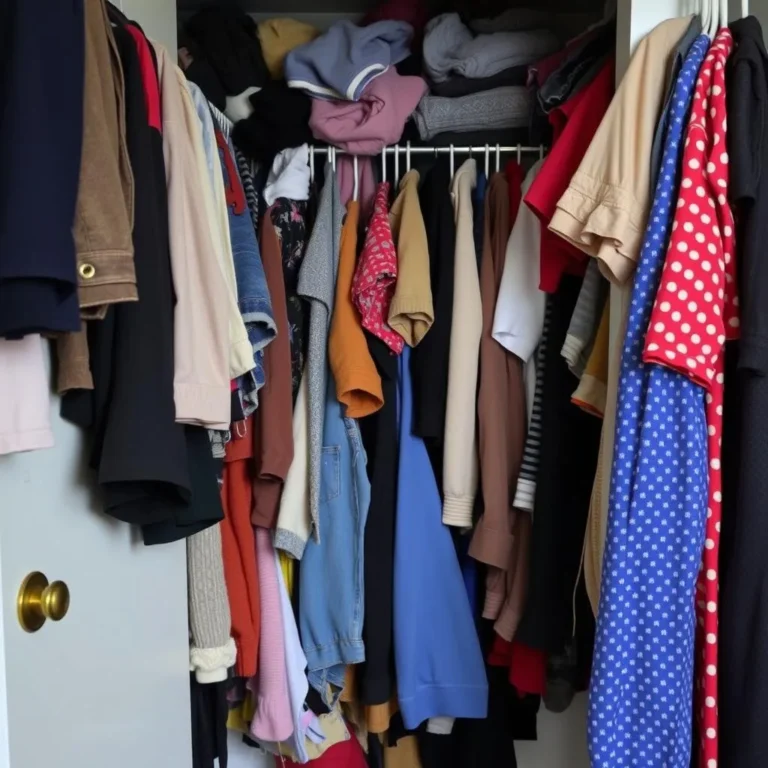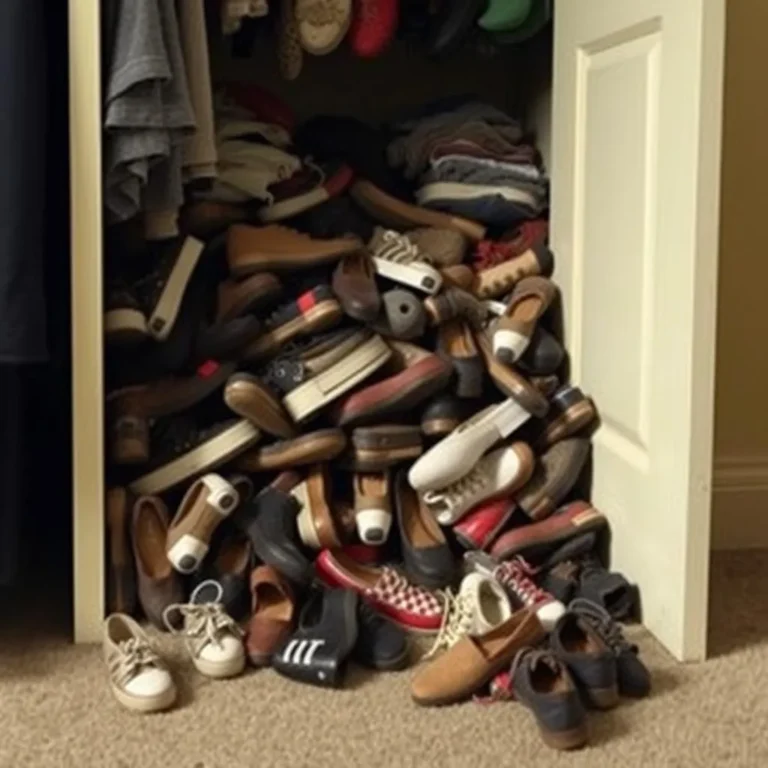Table of Contents
1. Introduction: The Temporary Clothes Storage Dilemma
2. Assessing Your Needs: What Kind of Temporary Storage Do You Need?
* 2.1 Short-Term vs. Long-Term Storage
* 2.2 Volume of Clothing
* 2.3 Type of Clothing: Delicates vs. Rugged Items
3. Low-Cost Temporary Clothing Storage Solutions
* 3.1 Under-bed Storage Containers
* 3.2 Vacuum-Sealed Bags: The Space-Saving Solution
* 3.3 Wardrobe Boxes: A Classic Choice
* 3.4 Repurposing Existing Furniture: Get Creative!
* 3.5 Utilizing Closet Organizers
4. Mid-Range Temporary Clothing Storage Options
* 4.1 Rent-a-Space Units: Short-Term Convenience
* 4.2 Portable Wardrobe Closets: Stylish Storage on Wheels
5. High-End Temporary Clothing Storage Solutions
* 5.1 Professional Moving and Storage Companies: For a Seamless Transition
* 5.2 Climate-Controlled Storage Units: Protecting Valuable Garments
6. Protecting Your Clothes During Temporary Storage
* 6.1 Cleaning Clothes Before Storage
* 6.2 Proper Folding and Packing Techniques
* 6.3 Using Mothballs or Cedar: Keeping Pests Away
* 6.4 Managing Moisture and Humidity
7. Organizing Your Stored Clothes for Easy Retrieval
* 7.1 Labeling and Categorizing
* 7.2 Inventory Lists: Knowing What You Have
8. Factors to Consider When Choosing a Storage Method
* 8.1 Budget Constraints: Balancing Cost and Effectiveness
* 8.2 Accessibility: How Often Will You Need Access to Your Clothes?
* 8.3 Security: Protecting Your Valuables
9. Making the Most of Your Space: Tips and Tricks
* 9.1 Vertical Space Optimization
* 9.2 Creative Folding Techniques
* 9.3 Utilizing Unused Corners
10. Common Mistakes to Avoid
11. When to Consider Professional Help
12. Sustainable Storage Solutions
13. Case Study: A Real-Life Example of Temporary Storage Success
14. Conclusion: Finding the Perfect Temporary Clothing Storage Solution
15. FAQs
Temporary Clothes Storage: A Guide to Keeping Your Wardrobe Safe and Sound
1. Introduction: The Temporary Clothes Storage Dilemma
So, you’re facing the dreaded temporary clothes storage challenge. Maybe you’re moving, renovating, or just need to declutter. Whatever the reason, finding a safe, efficient, and affordable solution can feel overwhelming. Don’t worry, you’re not alone! This comprehensive guide will walk you through various options, from budget-friendly DIY solutions to professional storage services, helping you find the perfect fit for your needs.
2. Assessing Your Needs: What Kind of Temporary Storage Do You Need?
Before diving into solutions, let’s assess your specific needs. Several factors influence the best temporary storage approach.
2.1 Short-Term vs. Long-Term Storage
Are you storing your clothes for a few weeks, a few months, or longer? Short-term storage allows for less robust solutions, while long-term storage necessitates more protective measures.
2.2 Volume of Clothing
How much clothing are we talking about? A few boxes or an entire wardrobe? The amount of clothing directly impacts the storage solution’s size and type.
2.3 Type of Clothing: Delicates vs. Rugged Items
Do you have delicate items requiring special care, or mostly sturdy everyday clothes? Delicates need extra protection from damage and pests.
3. Low-Cost Temporary Clothing Storage Solutions
For budget-conscious individuals, several affordable options are readily available.
3.1 Under-bed Storage Containers
These are space savers! 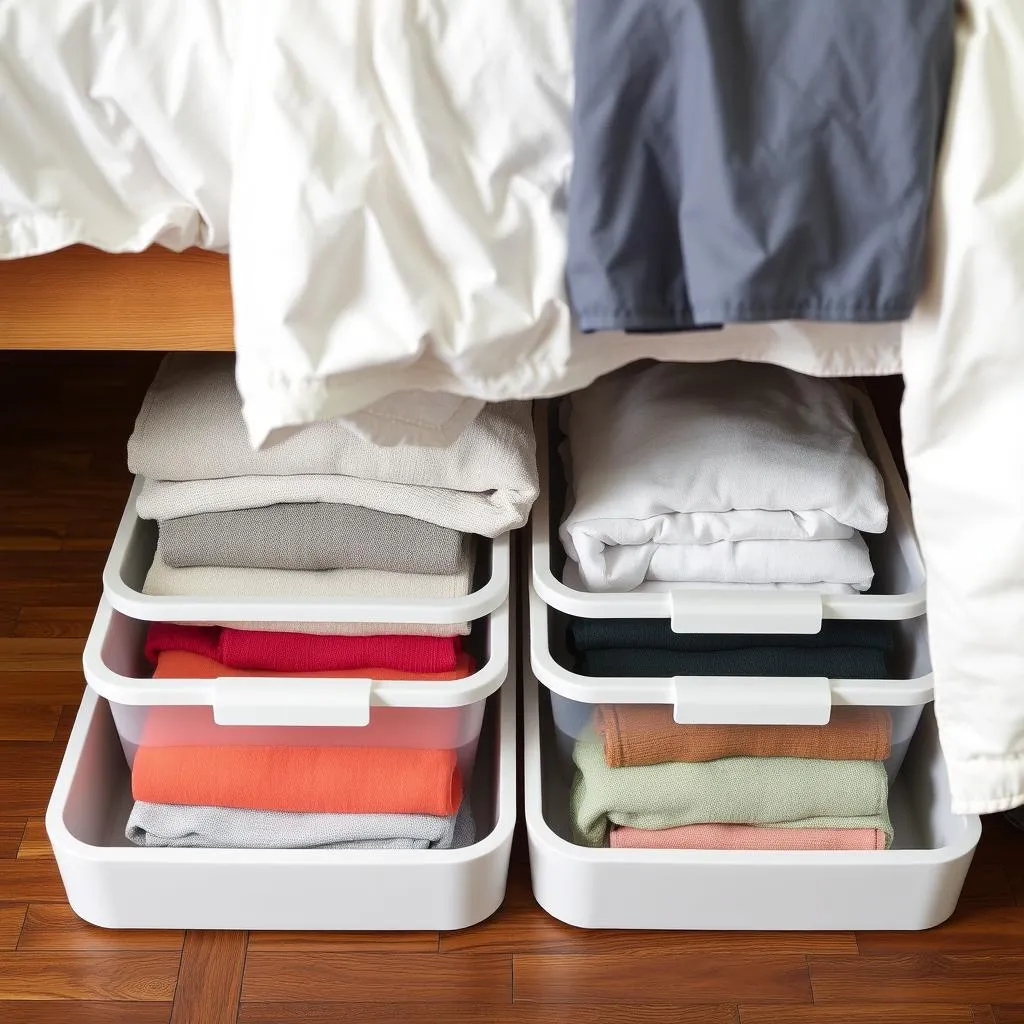 They easily slide under your bed, keeping clothes out of sight and preventing them from taking up floor space.
They easily slide under your bed, keeping clothes out of sight and preventing them from taking up floor space.
3.2 Vacuum-Sealed Bags: The Space-Saving Solution
Vacuum-sealed bags drastically reduce clothing volume. 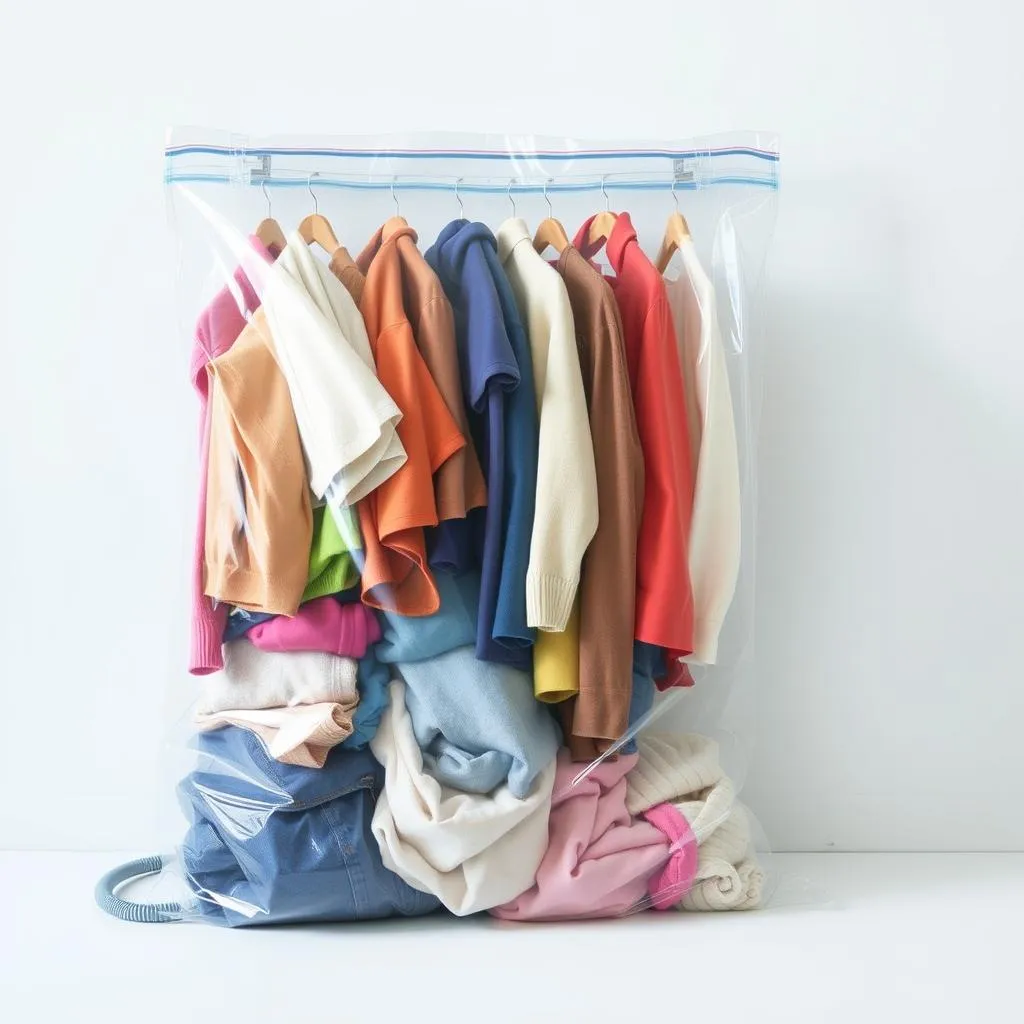 They are ideal for bulky items like sweaters and blankets, freeing up significant space.
They are ideal for bulky items like sweaters and blankets, freeing up significant space.
3.3 Wardrobe Boxes: A Classic Choice
Wardrobe boxes offer excellent protection and allow you to hang clothes, minimizing wrinkles. 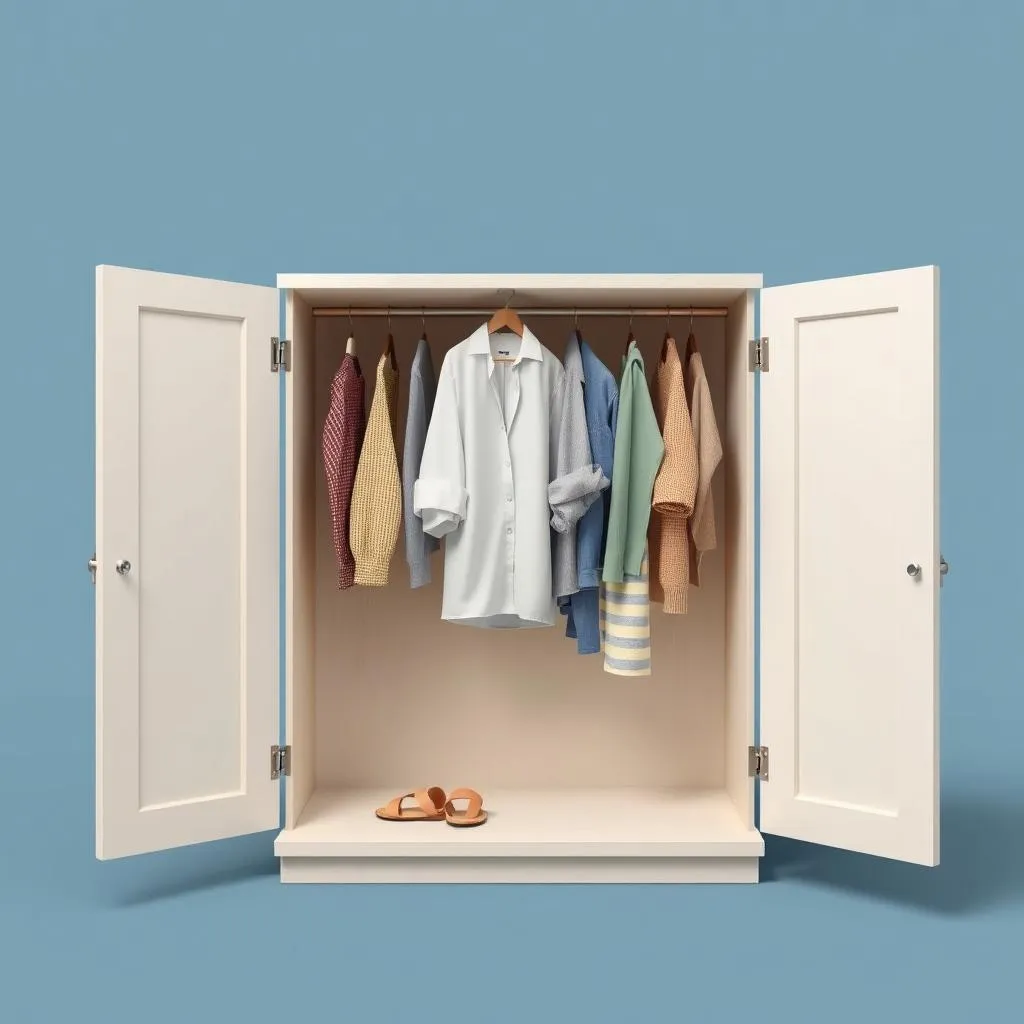 These are great for items you want to keep wrinkle-free.
These are great for items you want to keep wrinkle-free.
3.4 Repurposing Existing Furniture: Get Creative!
Get creative! Old chests, trunks, and even large suitcases can be repurposed for temporary storage. This method is cost-effective and adds a unique touch to your space.
3.5 Utilizing Closet Organizers
Maximize your existing closet space with shelf dividers, hanging organizers, and drawer inserts. These help maximize existing closet space.
4. Mid-Range Temporary Clothing Storage Options
If your budget allows for slightly more investment, these options offer added convenience and protection.
4.1 Rent-a-Space Units: Short-Term Convenience
Rent-a-space units provide secure, climate-controlled storage for a fee. 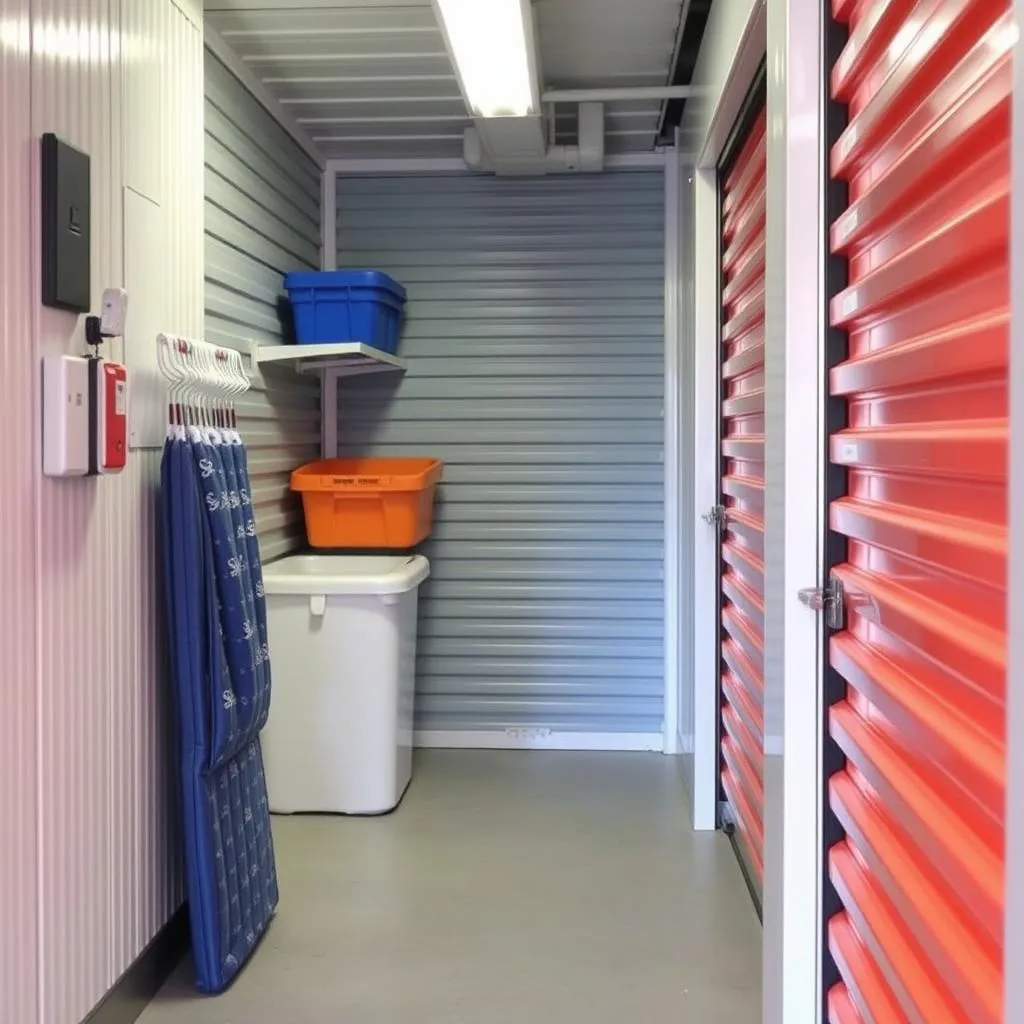 They are ideal for larger clothing collections or longer storage periods.
They are ideal for larger clothing collections or longer storage periods.
4.2 Portable Wardrobe Closets: Stylish Storage on Wheels
These offer both mobility and ample hanging space, making them perfect for temporary or transitional living situations. 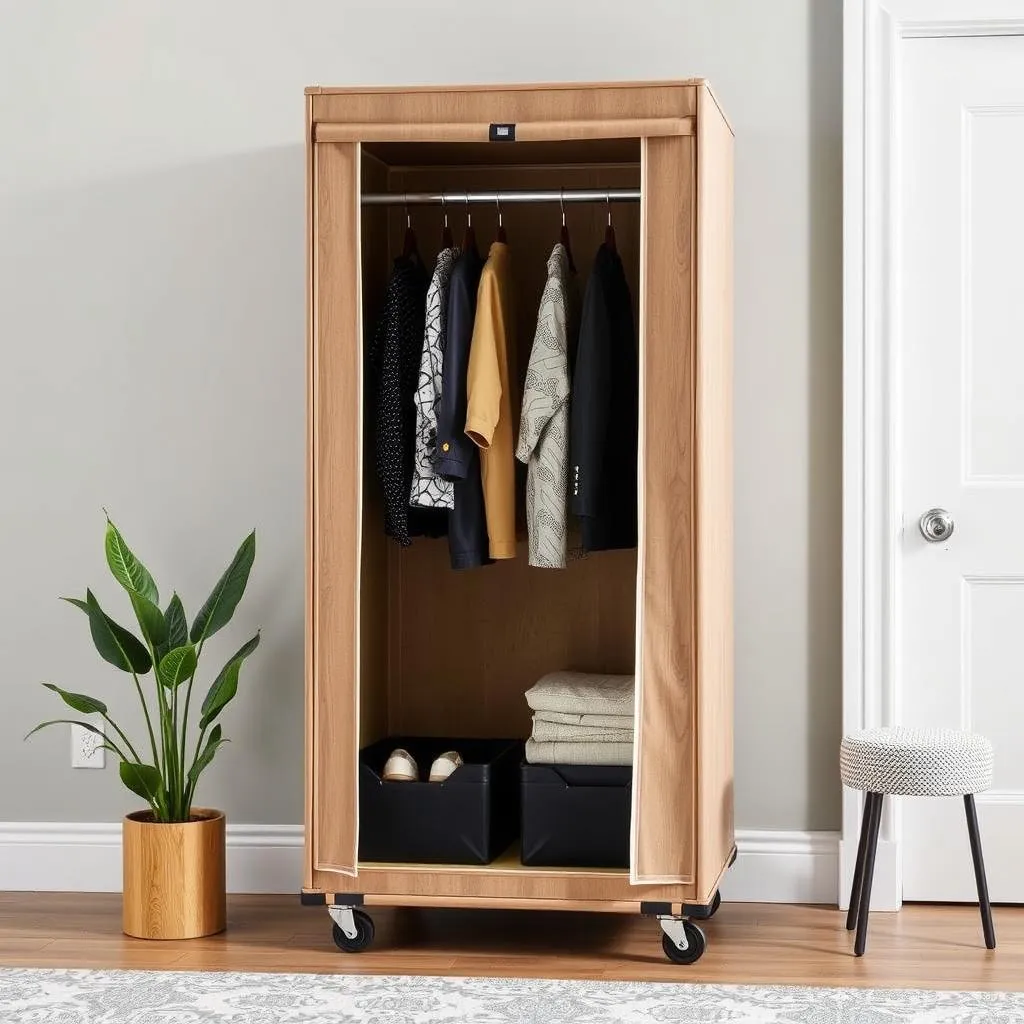 They’re stylish and functional.
They’re stylish and functional.
5. High-End Temporary Clothing Storage Solutions
For valuable clothing or high-security needs, these options offer the ultimate protection.
5.1 Professional Moving and Storage Companies: For a Seamless Transition
Professional movers often offer temporary storage as part of their services, handling the entire process efficiently and securely. This is a luxurious, albeit expensive, option.
5.2 Climate-Controlled Storage Units: Protecting Valuable Garments
Climate-controlled storage units protect clothes from humidity and temperature fluctuations, ideal for delicate fabrics and long-term storage. They prevent damage from moisture and temperature.
6. Protecting Your Clothes During Temporary Storage
Proper preparation is crucial to keep your clothes in pristine condition.
6.1 Cleaning Clothes Before Storage
Clean clothes before storing to prevent attracting pests and mildew. This is a crucial step.
6.2 Proper Folding and Packing Techniques
Fold clothes neatly to minimize wrinkles. Use acid-free tissue paper for delicate items. Proper folding and packing techniques are essential.
6.3 Using Mothballs or Cedar: Keeping Pests Away
Mothballs or cedar chips deter moths and other insects. However, use them sparingly, as they can leave a lingering smell.
6.4 Managing Moisture and Humidity
Use desiccant packs to absorb moisture and prevent mildew. This is critical for preventing mold and mildew.
7. Organizing Your Stored Clothes for Easy Retrieval
Organization is key for efficient retrieval.
7.1 Labeling and Categorizing
Label boxes clearly with contents and dates. Organize clothes by season or type. Clear labeling makes finding items a breeze.
7.2 Inventory Lists: Knowing What You Have
Create a detailed inventory list, noting what’s stored and where. This makes finding things incredibly easy.
8. Factors to Consider When Choosing a Storage Method
Weigh these factors carefully before making your decision.
8.1 Budget Constraints: Balancing Cost and Effectiveness
Consider your budget and choose a solution that balances cost and effectiveness. There is a solution for every budget.
8.2 Accessibility: How Often Will You Need Access to Your Clothes?
How often will you need access to your clothes? This impacts storage location and accessibility.
8.3 Security: Protecting Your Valuables
Choose a secure location, especially for valuable or sentimental items. Security is a major concern.
9. Making the Most of Your Space: Tips and Tricks
Maximize your storage space with these savvy tricks.
9.1 Vertical Space Optimization
Use vertical space efficiently with shelves and hanging organizers. Maximize the space you have.
9.2 Creative Folding Techniques
Learn efficient folding techniques to minimize space. Rolling clothes can also be a great space saver.
9.3 Utilizing Unused Corners
Don’t overlook unused corners or spaces for storage solutions. Think outside the box!
10. Common Mistakes to Avoid
Avoid storing clothes in damp or poorly ventilated areas to prevent mildew and odor. Storing damp clothes can lead to significant problems.
11. When to Consider Professional Help
If you have a large collection, valuable items, or limited time, consider professional help for a stress-free transition. Consider professional assistance for a hassle-free experience.
12. Sustainable Storage Solutions
Choose reusable and recyclable storage solutions whenever possible to minimize your environmental impact. Be environmentally conscious in your choices.
13. Case Study: A Real-Life Example of Temporary Storage Success
Consider a case study showcasing a person using a variety of strategies to achieve successful temporary clothing storage.
14. Conclusion: Finding the Perfect Temporary Clothing Storage Solution
Finding the right temporary clothes storage solution depends on your individual needs, budget, and timeframe. By carefully considering the factors discussed in this guide and adopting smart organizational strategies, you can successfully store your clothes temporarily, keeping them safe, organized, and easily accessible when you need them.
15. FAQs
1. How long can I store clothes temporarily before they are damaged? The length of time depends on the storage method and the condition of the clothes. Properly stored clothes can last for several months or even years.
2. What are the best materials for temporary storage containers? Breathable fabrics are ideal, preventing moisture buildup. Avoid plastic containers unless they are properly ventilated.
3. How can I prevent mold and mildew while storing my clothes? Ensure the storage area is clean, dry, and well-ventilated. Use desiccant packs to absorb moisture.
4. Are there any environmentally friendly storage options? Yes! Choose reusable containers, eco-friendly fabrics, and recyclable materials whenever possible.
5. What is the most cost-effective way to store clothes temporarily? Repurposing existing furniture and using low-cost storage containers are cost-effective solutions for short-term storage.

